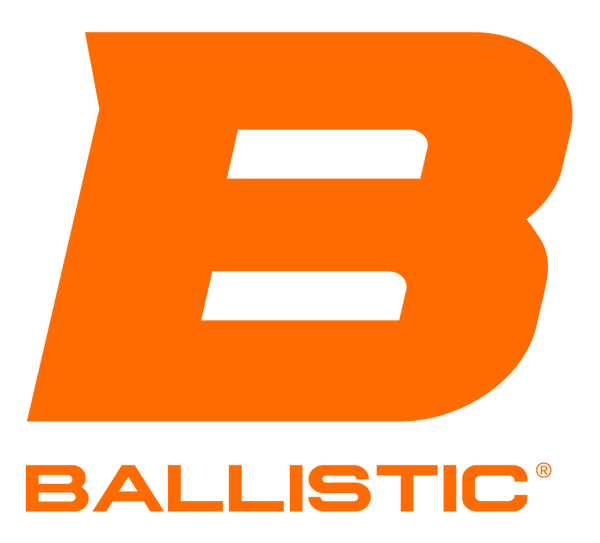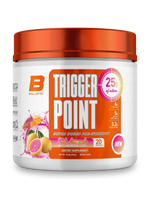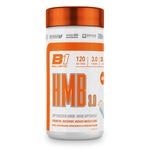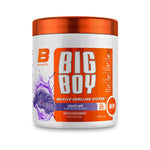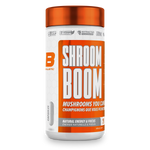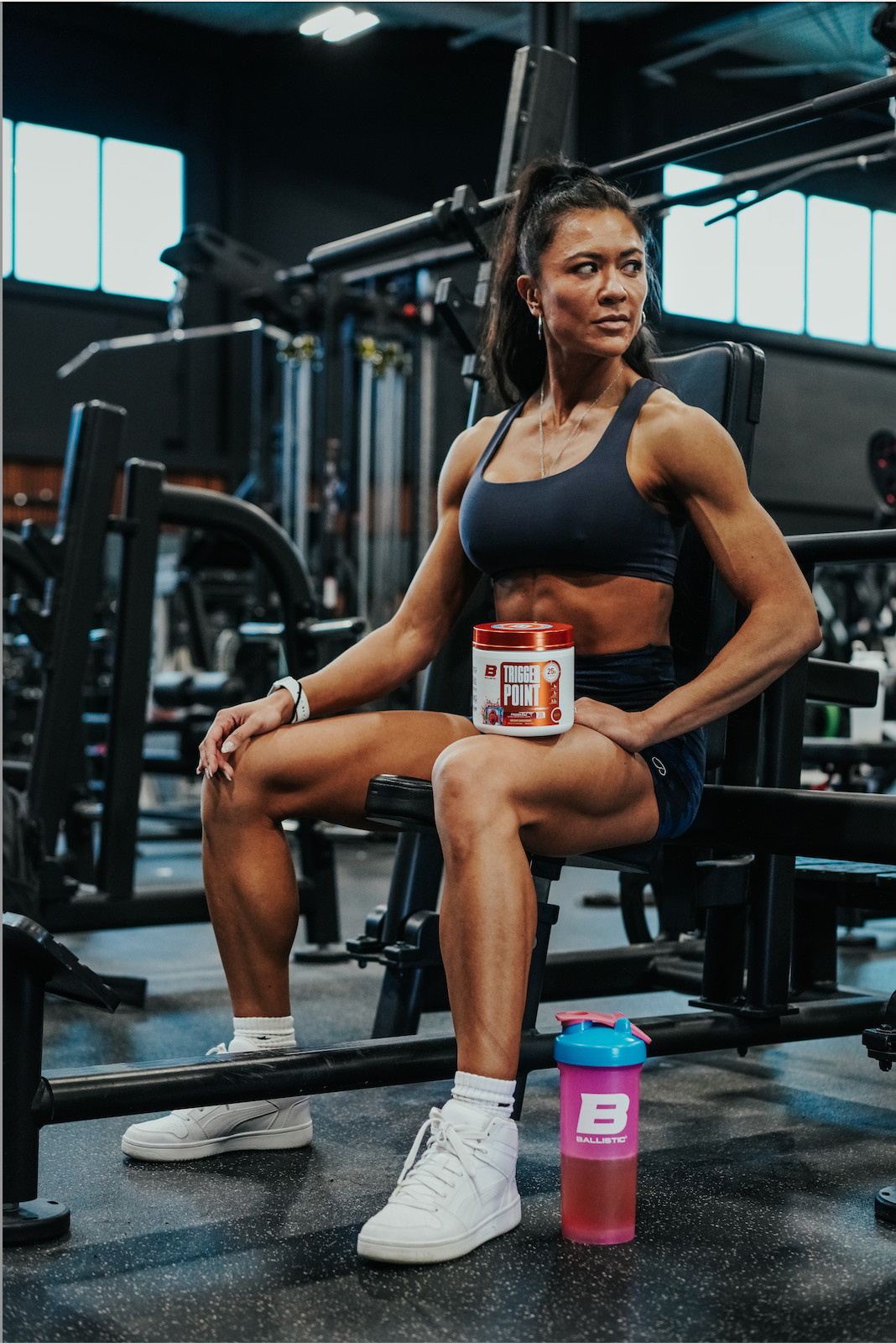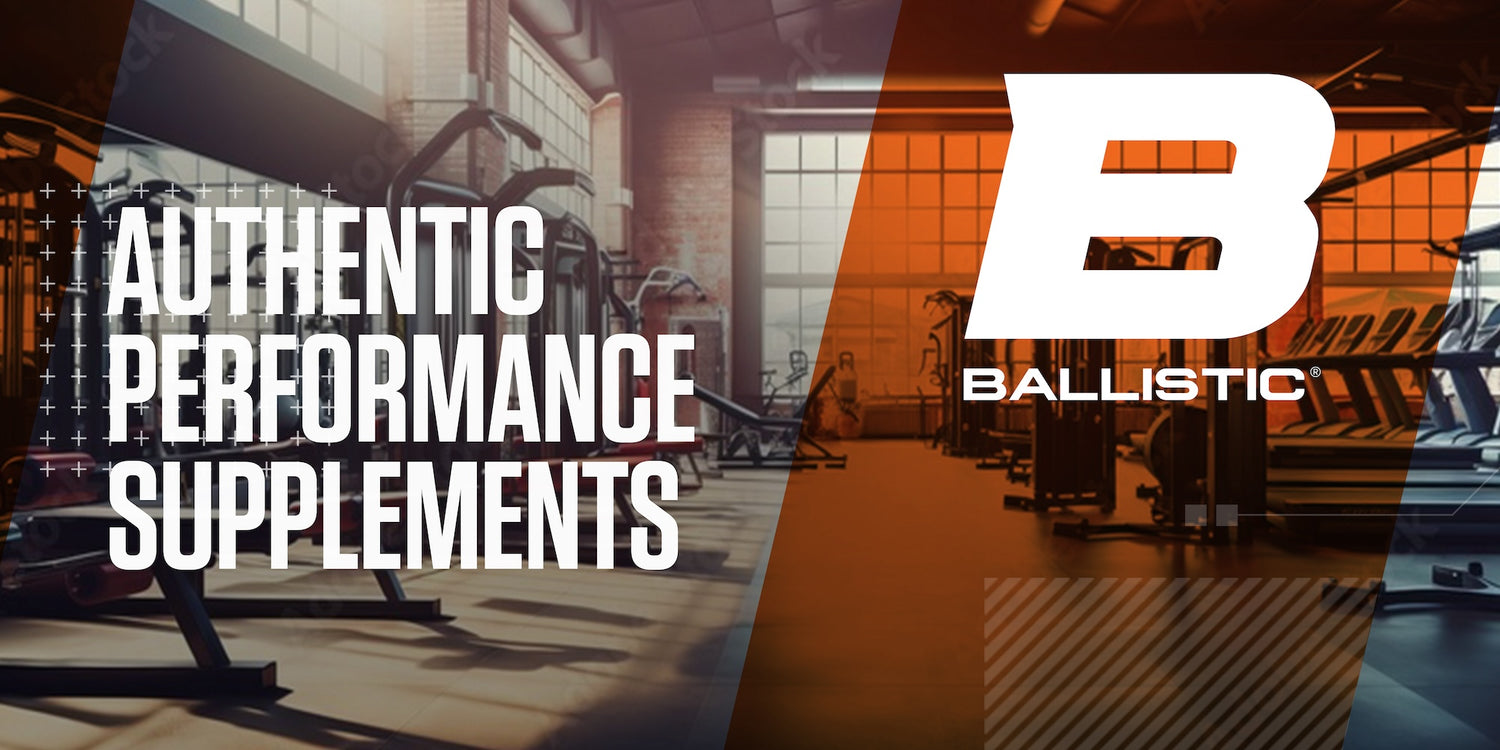When physical development is at stake, you just can’t ignore strength as a fundamental physical property to develop.
Especially if you’re in the game of weight training, developing proper strength is essential toward optimizing progress in the long term. Some will assume that with more size comes more strength. Nothing could be further from the truth.
In this short article, we at BALLISTIC Supps will give you some insight on how to structure your workout plan when your goal is developing strength.

Understand Rep Ranges
One of the most important things to do before creating your workout plan, is to understand rep ranges.
That is, understanding what the body does and how it is stimulated under different loads. In weight training, we generally have two types of rep ranges:
1. Power/Strength rep range (1-8 reps)
2. Aesthetics/Conditioning rep range (10-15+ reps)
The Power/Strength rep range is where you exert the most amount of force by activating the fastest muscle fibers. Intensity levels are high in this range.
This is the rep range where you create stimulus for the development of maximum strength, as well as explosiveness and power.
If you’re looking to gain strength as much as possible, THIS is the rep range you want to work in (1-8 reps).
When it comes to supplementing for this kind of training, sipping on a high carb drink mix combined with some aminos during your workouts will help prepare you for the heavy lifts and exertion required. AMINO RELOAD from BALLISTIC has the perfect blend of BCAAs and EAAs to help you perform and recover. It also stacks well with high carb powders such as cyclodextrin or maltodextrine.
The Aesthetics/Conditioning rep range on the other hand, is still a zone of high intensity, but it’s not nearly as close to your maximum strength capabilities.

This rep range creates a stimulus for the development of muscle endurance and pump, while maximum strength gains are a secondary adaptation.
Chasing that aesthetic look and shape? Whether your end goal is to step on stage or strut the beach, this is the rep range you want to work within (10-15+ reps).
NOTE: It is always a good choice to incorporate both rep ranges, but have the balance in favor of the one that reflects your goal most (i.e if you want more strength than looks, do mostly 1-8 reps).
A clinically-dosed pre-workout is ideal to prepare for these kinds of high-volume workouts. You’ll definitely want something that gives you a kick of energy and promotes muscle pumps that can last. Turn to non other than BALLISTIC DRY SCOOP or BIG BOY or both for the ultimate pre-workout experience.
Choose The Right Exercises
When it comes to strength development, exercise choice is a critical element of the process.
This is because some exercises are simply not suitable for high exertion, heavy loads and one rep maxes.
Just think for a second, how stupid would it look to attempt a one-rep max on the lat pulldown machine?
For the most part, you should resort to free-weight, compound exercises, whether you’re strength training in the 1-8 rep range, or bodybuilding in the 10-15+ rep range.
Those exercises are namely:
- Bench presses (flat/incline/decline with dumbbells or barbells)
- Squats
- Deadlifts
- Rows
- Overhead presses
- Lunges
All of these movements engage multiple muscle groups all at once, which ultimately allows you to lift really heavy weights, thus creating the best stimulus for strength and muscular development.
Working Volume
Using the appropriate strength exercises, within the goal-appropriate rep range is crucial, but how much should you actually do?
Training volume is basically the total amount of weight lifted in a given set, exercise or a workout and is measured using this formula: Weight * Sets * Reps = Volume (i.e 100 kg for 2 sets of 10 reps = 2000 kg volume).
Now, since we all have a different level of training and ability to adapt to new stimuli, there is no such thing as a concrete, optimal training volume.
Instead, you should follow these general rules of thumb:
- As a beginner, start off with ~5 challenging working sets, per muscle group, per week
- As you advance, bump that up to 8-10 sets
- After some time, go up to 15-20+ sets
By starting with a low number of total sets, you will get to know more about your threshold, recovery and adaptation capabilities.
Through time, you will increase the total number of sets, as well as the weights used, leading to stimulus for more progress, over time.
This is applicable for both rep ranges (1-8 reps & 10-15+ reps)
What About Rest Times?
If you’ve lifted heavy weights at some point of your life, you know how demanding it is to do that.
By nature, high intensity (heavy weight) is strenuous for the central nervous system and the muscles.
For this reason, taking proper rest between sets is crucial, if the goal is to maximize performance from set to set.
Generally, if you’re training in the 1-8 rep range, rest times may vary from 3 to 10 minutes, depending on the level of exertion - The higher the exertion, the longer the rest.
Oppositely, if you’re in the aesthetic rep range of 10-15+ reps like most competitive bodybuilders, about 1-3 minutes of rest in between sets will be sufficient.
As to rest in-between workouts, you should allow each muscle group to rest for 5-7 days before smashing it again with heavy weights.

Conclusion
Strength development is at the core of your overall physical development, as it helps build a solid foundation that improves your potential in the long run.
If your goal is to develop maximum strength, utilize compound movements in the 1-8 rep range, with plenty of rest between sets.
On the other hand, if you want to gain some strength but more muscle endurance and muscle size, the 10-15+ rep range is the target.
Ultimately, your best bet would be to combine both rep ranges and favor the one that resonates more with your goal.
This will allow you to create a more functional, better overall physique. Happy lifting friends!
